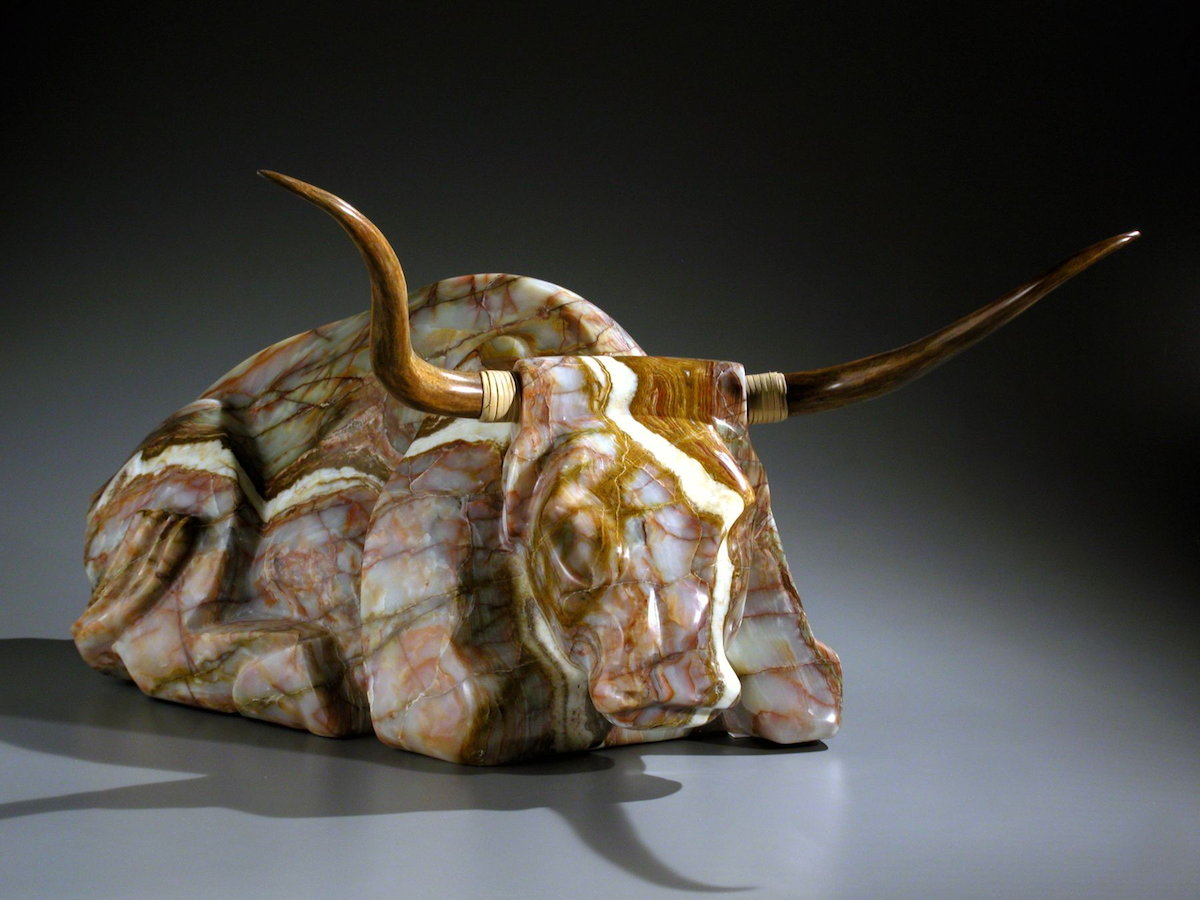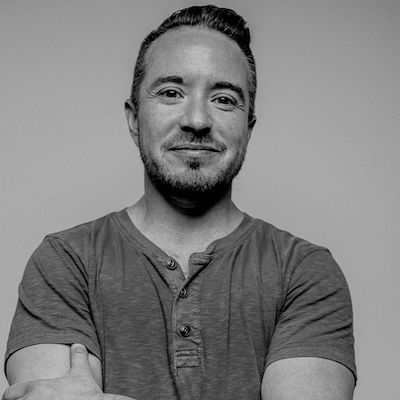Letters from the Editors
by Gwyneth Henke and Amy Dotson

This poem won first place in the Spring 2025 Contest Issue judged by Sara Daniele Rivera, who wrote: “I am so moved by the way this poem braids and builds its story, by the quiet absence and disconnect at its core. The poem stares into and teases apart that absence. The deer, the animal of prey and disappearance, acts as an anchor image. The speaker tunnels into the image and excavates around it, finding meditations on language, silence, power, queerness, cyphers. “A bell rings between” two meanings of a word, and so much of life lies in this kind of negotiation: how we place or find ourselves in the gulfs between meanings, between an idea and its origins.”
1.
Sitting at a bar in North Adams, a man
wants to know about my tattoo. I show it to him,
a deer. It isn’t a language.
The deer has no meaning except the one we assign
and what that might say about us.
For that we need exposition, more black ink.
2.
He is not the first to ask
or the first I’ll follow home. I’ll offer myself to him
and we’ll undress without further questions.
This is how I want to experience anonymity.
I dislike being set apart by other men’s cautions,
don’t like the work of speaking
through their doubt.
Upon seeing my naked body,
a stranger once called it ‘incongruous’
and still I let him spend the night
asking tedious questions, balancing the problem
he made of me.
Now when I stand in front of a man, I want
only the rough affirmation of his insistence,
whatever pleasure storms there.
3.
He tells me that in Brazil, a country he’s made home,
the slang for faggot, viado,
echoes the word for stag, veado.
A bell rings between these two meanings, the origin
of the first in relation to the second.
He says, it could be from the time when men met
in the darkened corners of public parks,
then scatter at the first sign of a patrol. Like deer.
He turns to face me, my body in the mirror of his
is slight
but otherwise almost a likeness.
4.
I thought about the vulnerability of the deer.
Not just the threat to the breath that lives beneath
hide and muscle but the absence to follow.
There one minute, then not.
I’ve followed their tracks through an absolutely quiet field,
more record
than some of us are allowed.
This is not the only time I’ll see him.
All winter I’ll seek him out, wonder
what he makes of this. I want to ask but don’t.
I’m too aware of who and what won’t claim me.
5.
Here, I like how he reaches for the back of my neck.
There, men take power.
And there.
And there.
And there.
I disappear.
These things are not related but they exist in the same field.
I could try to assign it meaning but every comparison is fraught.
I’m in a strange place at a strange time and in a strange
negotiation with myself. I keep arranging and re-arranging
the setting. Each feature. They escape translation, stop asking.
The deer is an ornament.
The deer is discreet.
The deer is not a moon.

Nico Amador’s poems and essays have appeared in Bettering American Poetry, 44 Poems on Being with Each Other: A Poetry Unbound Collection, Poem-A-Day, West Branch, Pleiades, Cherry Tree, fourteen poems, and elsewhere. His chapbook, Flower Wars, was selected as the winner of the Anzaldúa Poetry Prize and was published by Newfound Press. He received his MFA from Bennington College, is an alumni of the Lambda Literary Foundation’s Writers Retreat, and a recent Outpost Vermont Fellow. Nico works to build the capacity of LGBTQ+ community centers across the country and is involved in national and international movements for trans rights.
Sculptor Mark Yale Harris realized his true passion – stone carving – in the 1990s. In Santa Fe, he was mentored by Bill Prokopiof (Aleut) and Doug Hyde (Nez Perce). Harris’s alabaster, marble, limestone and bronze works express the inherent duality in man’s essence. Prior to this shift, Harris spent many successful years in the real estate/hotel business. Harris has had 250+ (90+ solo) gallery, museum and international exhibitions. 120+ publications have featured his sculptures. Harris is represented by 18 galleries (US/UK) and has works in permanent collections in museums, various states’ public art venues, upscale hotels and hospitals.
by Ceridwen Hall
by Patrick Holian
by Jeevan Anthony Narney
by Zoë Luh
by Taylor Roseweeds
by Erin McAllester
by Kian Razi